Living, walking, and having fun with dogs is one of the best and most rewarding things you can do. But there are some issues. One of those issues is when a dog stops walking and won’t move. It can be extremely annoying, and it looks like your pet is really stubborn. However, this isn’t the case. As a matter of fact, there are a few reasons why your dog will do this, and you need to act properly to correct the problem. Of course, you need to know all about these reasons first.
Reasons Why Dog Stops Walking And Won’t Move
He Isn’t Used To The Leash
Dog stops walking and won’t move issue is common on puppies or small dogs who are still to be leash trained. Wearing a leash is not natural, and some dogs need a lot of time to get used to it. That’s why you need to train your pet in the house and your backyard first, and then walk with him on the street.
Start by having him wear a collar for a few hours and gradually increasing the duration until he is perfectly comfortable with this. Give him treats when he comes to you and when he behaves properly.
His Gear Is Extremely Uncomfortable
This is another reason why your dog will just stop walking, and he may even lie down on the street. If he wears uncomfortable gear, he will be in pain, and he will be annoyed. He can’t do anything, so he will lie down.
Always make sure that the collar and leash for your dog are comfortable, easy to wear, and come in the right size. For some dogs, a harness is a much better option. It is far more comfortable and comes with added safety.
Your Pet Is Tired
Yes, dogs can get tired as well. They do need a lot of time and physical activity to reach this level, but it may happen. Almost always, regardless of the breed, age, and all the rest, when a dog is tired, he will stop, lie down, and not move. Once he gets his energy back, he will start walking. But he will stop walking after 10 minutes.
There is no simple and fast fix here. Your dog didn’t have physical activity for a long period of time, so he doesn’t have stamina. You need to provide him with plenty of exercise and an area where he can run. In certain cases, he may need to lose a few pounds of weight. Keep in mind that if your dog is older, he may have breathing issues, so you do need to keep things even slower.

Due To Injury
This may sound like an obvious reason, but it does happen in most dogs, and their owners are not aware of that. We are talking about smaller injuries to the paws or nails. These are extremely difficult to see, but they are painful, especially when your pet is walking. Examine the paws of your pet and try to find any injuries to the paw or the nails. If there are any, make a trip to the vet or let your dog recover.
Don’t forget that this can happen at any given moment and that it is possible to have a foreign object inside the paw. These wounds are very small, and they do not look severe, but they are extremely painful and annoying.
He Doesn’t Want To Leave That Place
Here we have one issue that happens only when your dog has a lot of fun and doesn’t want it to end. For instance, you two are at a park playing. When the time comes to go home, he will stop and not move. As you can see, he enjoys it here and doesn’t want to go home. This is one of those situations where you can see how much dogs and humans are alike.
Try to make your pet believe you will go home without him. Of course, always stay close to him. Throw him a treat in the direction where your home is or where you want to go. You can also carry him for a few feet and try again.
You Have An Anxious Dog
Dogs may suffer from anxiety just like humans. There are countless reasons why this happens. For instance, we can see rescue anxiety, separation anxiety, generalised anxiety, and many more. Your pet is probably scared and annoyed by certain things. He will be scared as well, and in return, he will stop walking. The best example is a dog who hears construction work and stops walking.
In this scenario, you will need to do a few things. Do not yell at your dog. Tell him “come on, boy” or etc. and gradually pull the leash. Don’t rush him and give him time to rest and adapt. But you will still have to find the cause of that anxiety and correct it.
Your Pet Is Scared
If you have a dog who wasn’t properly socialised when he was a puppy, you are in a big mess. You will have a dog who is scared of almost anything and doesn’t want to move when you walk him. This usually happens when you want to walk him outside in an unknown environment. It is a time-consuming issue to correct.
You need to start slowly and help your pet gain confidence and realise that the outdoor world is safe and great. You can also start very slowly and move around your home with his friends. Ignore bad behaviour as much as you can until your pet gets his confidence back and is not afraid to walk outside.
What to Do When Your Dog Stops Walking and Won’t Move

When your furry friend suddenly stops walking and won’t budge, it can be a concerning experience for any dog owner. But, fear not, because this scenario is not uncommon, and there are several things you can do to handle the situation effectively. Here’s what to do when your dog stops walking and won’t move:
Stay Calm and Reassure Your Dog
Your dog may pick up on your emotional cues. If you seem anxious or frustrated, your dog may become even more stressed or resistant to moving. Speak to your dog in a calm and reassuring tone, and use positive reinforcement to encourage them to start walking again.
Evaluate the Surroundings
Take a moment to assess your dog’s environment. Are there loud noises, strange objects, or unfamiliar people that could be causing your dog to stop walking? By identifying potential stressors, you can take steps to reduce or remove them, making your dog feel more comfortable.
Check for Physical Discomfort
Gently examine your dog for any signs of physical pain or discomfort. Look for signs of limping, tender spots, or foreign objects lodged in their paws. If you suspect your dog is in pain, avoid forcing them to move, and consult a veterinarian for further evaluation.
Offer Encouragement and Positive Reinforcement
Try to encourage your dog to continue walking by using a cheerful voice, offering treats, or even getting down to their level to interact with them. Positive reinforcement can motivate your dog to start walking again, and it helps to strengthen the bond between you and your furry companion.
Don’t Force Your Dog to Move
Forcibly pulling or dragging your dog can result in physical injury or increase anxiety levels. Instead, use patience and gentle encouragement to motivate your dog to move.
Seek Professional Help if Needed
If your dog consistently stops walking and refuses to move, or if you’re unable to determine the cause, consider consulting a professional dog trainer or veterinarian. Expert advice can help you better understand your dog’s behavior and find solutions tailored to their specific needs.
Remember that every dog is different, and your pet may have unique reasons for stopping and refusing to walk. By approaching the situation with empathy, understanding, and a calm demeanor, you’ll be better equipped to address your dog’s needs and keep them happy and healthy.
Preventing Future Incidents
It’s always preferable to prevent your dog from stopping and refusing to move during walks. By addressing underlying causes and implementing preventative measures, you can ensure that your dog enjoys their walks and maintains a healthy lifestyle. Here are some tips to prevent future incidents of your dog stopping during walks:
1. Establish a Consistent Walking Routine
Regular walks can help your dog become accustomed to various environments, sounds, and sights. Create a consistent walking routine, so your dog knows what to expect and feels more comfortable during outings.
2. Choose a Suitable Walking Environment
Opt for environments that are less likely to cause stress for your dog. Avoid walking in areas with excessive noise, large crowds, or other potential stressors. Gradually introduce new environments as your dog becomes more comfortable.
3. Properly Socialize Your Dog
By exposing your dog to different situations, people, and animals in a controlled and positive manner, you can reduce their fear and anxiety when faced with unfamiliar situations. Socialization can help prevent your dog from freezing or stopping during walks.
4. Invest in Obedience Training
Obedience training can teach your dog to listen and follow your commands, even in distracting situations. A well-trained dog is less likely to stop walking and refuse to move.
5. Monitor Your Dog’s Health
Regular check-ups with a veterinarian can help detect and address any health issues that may cause your dog to stop walking. By keeping your dog healthy, you reduce the risk of future incidents.
6. Reward Positive Behavior
When your dog walks without stopping or refusing to move, reward them with positive reinforcement such as treats, praise, or playtime. This will encourage them to continue walking without stopping in the future.
The Final Word
What if your dog stops walking and won’t move no matter what you do? It means that there is an issue or a problem present, and as always, it needs to be solved. Here, we have presented to you the top 7 reasons why this happens and also what to do for each one. It is an easy matter to solve once you know the main cause.
Recommended Readings:
- Why Do Dogs Put Their Ears Back? Most Common Reasons.
- Can Dogs Eat Rice?
- Why Do Dogs Drag Their Butts On The Ground.








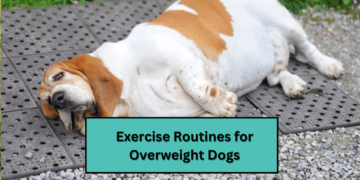
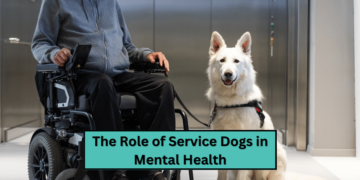





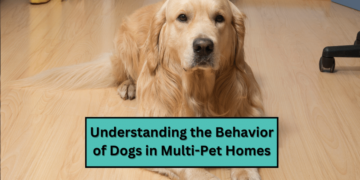
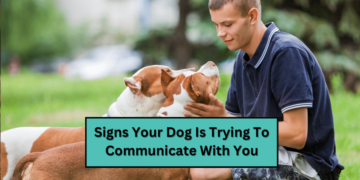
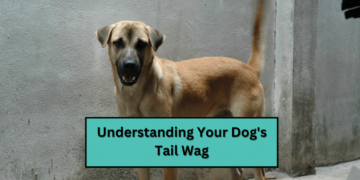

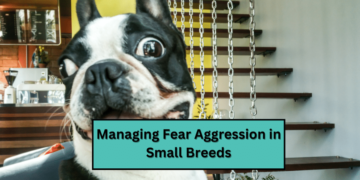
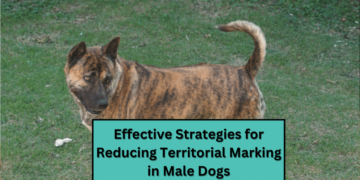


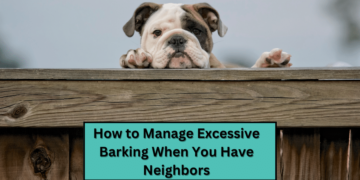

























Discussion about this post